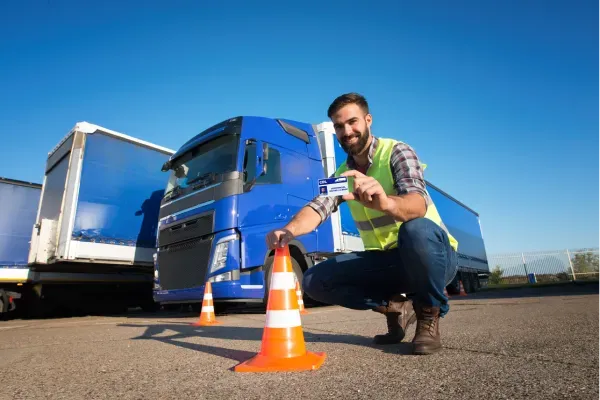
Safety Tips When Renting and Towing a Trailer
Introduction
Renting a trailer is the easy part — towing it safely is where things get serious.
One mistake can lead to:
Damaged cargo
Vehicle strain or breakdown
Dangerous accidents
⚠️ Whether you're a first-time renter or a weekend warrior, knowing how to tow safely is critical for your safety and others on the road.
This guide covers everything you need to know to tow a trailer confidently and safely — from hook-up to drop-off.
1. Check Trailer and Tow Vehicle Compatibility
Before anything else, confirm that your vehicle is capable of safely towing the trailer you're renting.
✅ Key numbers to verify:
GVWR (Gross Vehicle Weight Rating): Max weight trailer can handle
GCWR (Gross Combined Weight Rating): Max weight for trailer + vehicle + cargo
Tongue weight: Force the trailer puts on your hitch
🔧 Use your vehicle’s owner manual or check online to find exact towing limits.
🚫 Towing beyond your limit can ruin your transmission and put lives at risk.
2. Inspect the Trailer Before You Leave
Treat this like renting a car — always do a pre-rental inspection.
🔍 Check for:
Tire condition and pressure
Working brake lights, turn signals, and hazard lights
Functional trailer brakes (for larger trailers)
Hitch connection (ensure it's secure and locked)
Safety chains and breakaway cables
📸 Take photos of the trailer condition to avoid disputes later.
🛠️ Ask the rental staff to help with your first-time hookup — most are happy to assist!
3. Load the Trailer Correctly
Improper loading causes trailer sway, tipping, and loss of control.
Follow the 60/40 rule:
Load 60% of the weight in the front half of the trailer
Keep heavier items low and centered
Don’t overload one side
📦 Balance = control. Uneven weight leads to instability at highway speeds.
4. Secure the Cargo Properly
Use strong tie-downs and make sure nothing can shift or fall out.
🛑 DON’T:
Use frayed straps or bungee cords
Leave items loose
Assume gravity will hold things in place
✅ DO:
Use ratchet straps, D-rings, or cargo nets
Wrap furniture or fragile items with pads or blankets
Check the cargo again halfway through the trip
🚚 Loose items become deadly projectiles in sudden stops.
5. Practice Safe Driving Habits
Towing a trailer means driving slower, wider, and more cautiously.
Tips for Safe Driving:
Increase following distance to 5+ seconds
Take wide turns to avoid clipping curbs or cars
Brake gradually — trailer momentum adds stopping time
Avoid sudden lane changes
Drive 5–10 mph below the speed limit if you're new
🧠 Remember: You’re heavier, longer, and less agile — drive like it.
6. Understand Local Towing Laws
Each state or region may have different regulations.
Common legal requirements:
Trailer brakes for loads over 3,000–5,000 lbs
Safety chains are usually mandatory
Trailer license plate (provided by rental company)
Trailer lights and reflectors must be functional
📋 Check your local DMV or rental company guidelines if you’re crossing state lines.
⚖️ Don’t assume — know before you tow.
7. Backing Up and Parking Safely
Reversing with a trailer is a whole new game. Take it slow and follow these tips:
🧭 Pro Tips:
Keep your hands at the bottom of the steering wheel — move your hand left to go left, right to go right
Use small corrections — trailers react slowly
Have a spotter if possible
Practice in an open lot before hitting the road
🅿️ Always park on level ground and use wheel chocks if needed.
✅ Conclusion: Safe Towing Starts Before You Drive
Renting a trailer is convenient — but safe towing is your responsibility.
From loading the trailer properly to understanding your vehicle’s limits, every step matters.
🧯 One mistake could cost you — or someone else — far more than money.
Always:
Inspect your equipment
Load carefully
Drive cautiously
Follow the law
…and when in doubt, ask your rental provider for guidance — they’ve seen it all and can help you stay safe.